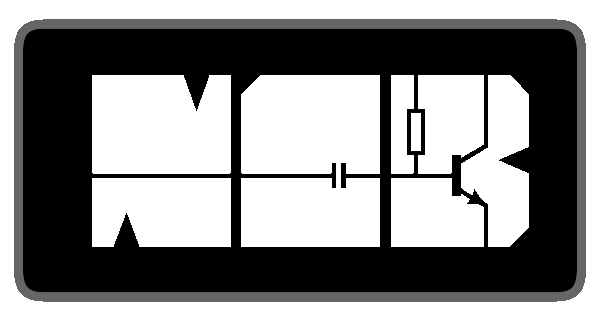EDIT 30/08/2011: This is not working .. cannot put negative voltage on the output
Thinnking of get ride of theses Transitors.
Will replace them with 2 TTL 74126 QUAD 3 STATE BUFFER
See the connections diagram below :
I didn't test it yet .. (don't have theses quad buffer at home)
It will be easier and much more "clean" because when Arduino pin is set on High there will be a High on the S&S bus, and when the Arduino pin will be Low, the outut on S&S bus will be High-Z. Has the S&S speech synth is PMOS, the PMOS pulldown resistors bring the line to logic 0.
With this method we don't need the -12V of the S&S.
Thinnking of get ride of theses Transitors.
Will replace them with 2 TTL 74126 QUAD 3 STATE BUFFER
See the connections diagram below :
I didn't test it yet .. (don't have theses quad buffer at home)
It will be easier and much more "clean" because when Arduino pin is set on High there will be a High on the S&S bus, and when the Arduino pin will be Low, the outut on S&S bus will be High-Z. Has the S&S speech synth is PMOS, the PMOS pulldown resistors bring the line to logic 0.
With this method we don't need the -12V of the S&S.





